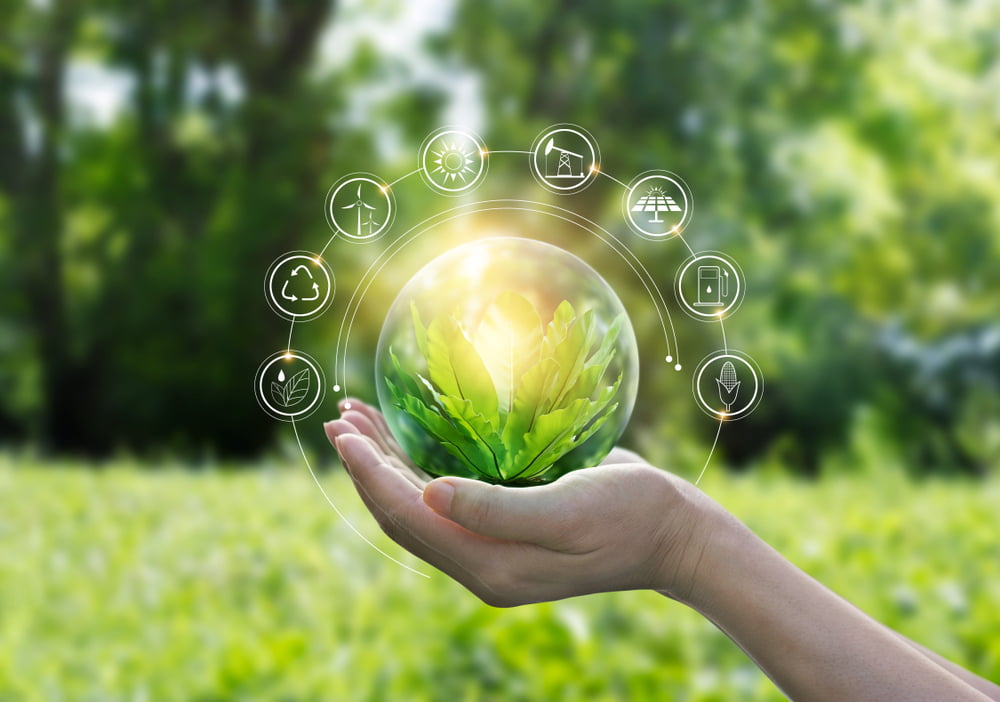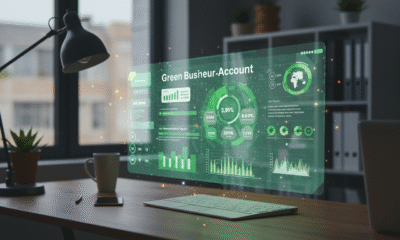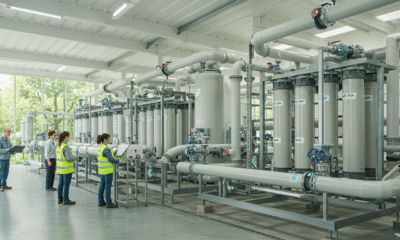

Environment
Is It Possible to Work in Tech Without Harming the Planet?
More people are worried about climate change and other environmental concerns than ever. Polls from Pew Research showed an average of 70% of people across 20 different countries cited it as a serious threat.
Some industries get a lot of just blame for their contribution to the environmental crisis. The oil industry is among them. However, other sectors, such as technology are only just starting to get criticism for their role in harming the planet.
With rising concerns about the future of the planet, looking for ways to minimize carbon emissions and protect the environment is now a priority for many businesses across various industries. One sector under a lot of scrutiny is the technology industry, particularly for its mining of raw materials and the massive energy use it’s responsible for, increasing the global carbon footprint.
But with technology evolving as rapidly as it is, can the industry still thrive without contributing to the devastating effects of climate change? There is still some debate about the exact impact of technology on the environment. Here, we’ll take a deep dive into what can be done to minimize its impact on the planet.
Reusing and recycling must be encouraged.
Technology is swiftly advancing every year, with new software and devices being developed constantly. Most people will keep their mobile phones for around two years, with five years being considered the longest possible time you can hold onto the same phone. Unfortunately, this is devastating for the planet as most pieces of technology rely on already rare minerals and elements that are becoming increasingly scarce. Digital technology is, and has always been, unsustainable for this reason.
As society grows hungrier for newer gadgets, this appetite for destruction can be suppressed if more industry executives champion a circular business model. Unfortunately, many companies currently design products with specific components that are difficult to remove and recycle, encouraging the idea that broken devices can’t be repaired and need to be replaced. This harms the environment and works out to be more expensive for individual businesses who need to keep up with new technologies and a short hardware lifespan.
Some industry leaders are looking into sustainable practices and changing services and business models to be more long-lasting or eco-friendly. HP, for example, offer a recycling program free of charge for customers’ old devices, which are then taken to an authorized sorting and waste facility to be appropriately recycled.
Improve global supply chain
In our current state of globalization, the tech industry relies on an international workforce to create the hardware needed. We’ve already discussed the rare minerals required, which must be sourced worldwide. But when it comes to obtaining more easily accessible materials, such as plastic and common metals, there must be ways of sourcing them more efficiently. A close look at a supply chain can highlight where there’s room for improvement. Systems and software such as SAP ERP have traditionally focused on tracking a product from its core components to the finished product at the point of sale to calculate profit and loss. But these software applications can increasingly spot inefficiencies across the supply chain and even make the idea of a circular economy easier to manage.
Suppose more companies invest in hiring SAP experts for internal processes (dedicated SAP recruiters like Eursap can help). In that case, any opportunities to change strategies in favor of sustainable practices can be quickly noticed and implemented. On top of this, fostering and building a more collaborative support network can improve sustainability across the board. While business leaders are inherently in competition, creating a sustainable supply chain relies on the sharing of knowledge. After all, tackling the issues together yields much faster results than companies going at it alone.
Invest heavily in smart grids
Regardless of how sustainable the supply chain is and how long-lasting the final product is, the actual running of technology relies heavily on energy. In 2020, 59% of the energy generated in the UK was from low carbon sources, including renewable and nuclear power. Fossil fuels provided 38.5%, which is good news but can still be better. However, the way the grid works means it’s sensitive to fluctuations and requires an overproduction of energy — essentially, there needs to be more energy in the grid than what’s needed.
However, smart grids can harness local productions of energy, which essentially means utilities and their customers can exchange electricity, creating a “two-way data flow”. As a result, surges in use can be dealt with more efficiently to minimize power outages, and money may even be saved by reducing any wasted energy. Smart grids are also more welcoming to renewable energy sources, including solar, wind, and hydropower. If, for example, a consumer has solar panels that produce excess energy, they can sell it back to the grid. Creating this grid efficiently manages power and reduces any energy wasted. In contrast, the increased use of renewable energy means less harmful gasses are emitted, resulting in a much more sustainable energy supply.


 Environment8 months ago
Environment8 months agoAre Polymer Banknotes: an Eco-Friendly Trend or a Groundswell?

 Energy12 months ago
Energy12 months agoHow Energy Referral Programs are Saving The Planet… And Your Bank Account!

 Environment10 months ago
Environment10 months agoEco-Friendly Home Improvements: Top 7 Upgrades for 2025

 Energy11 months ago
Energy11 months agoA Closer Look at The Rapid Growth of Solar Energy in Ireland






























